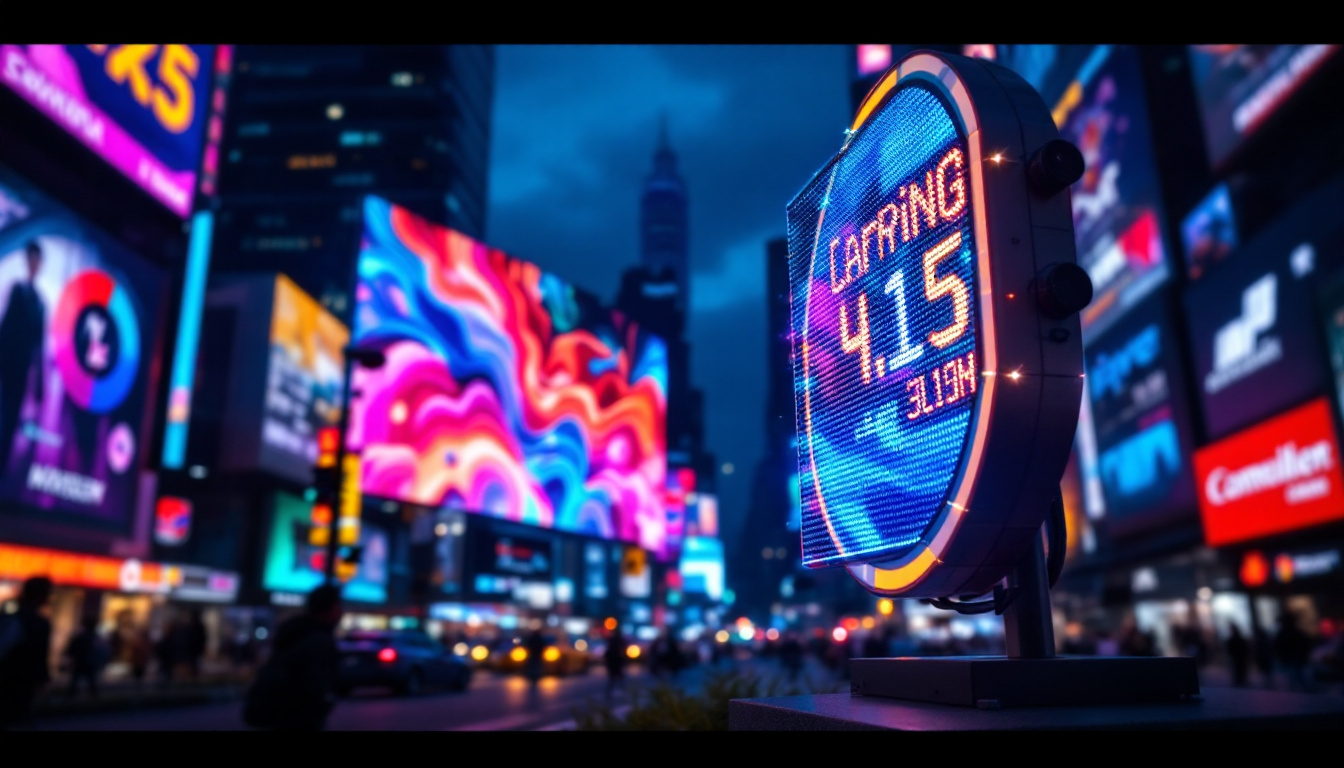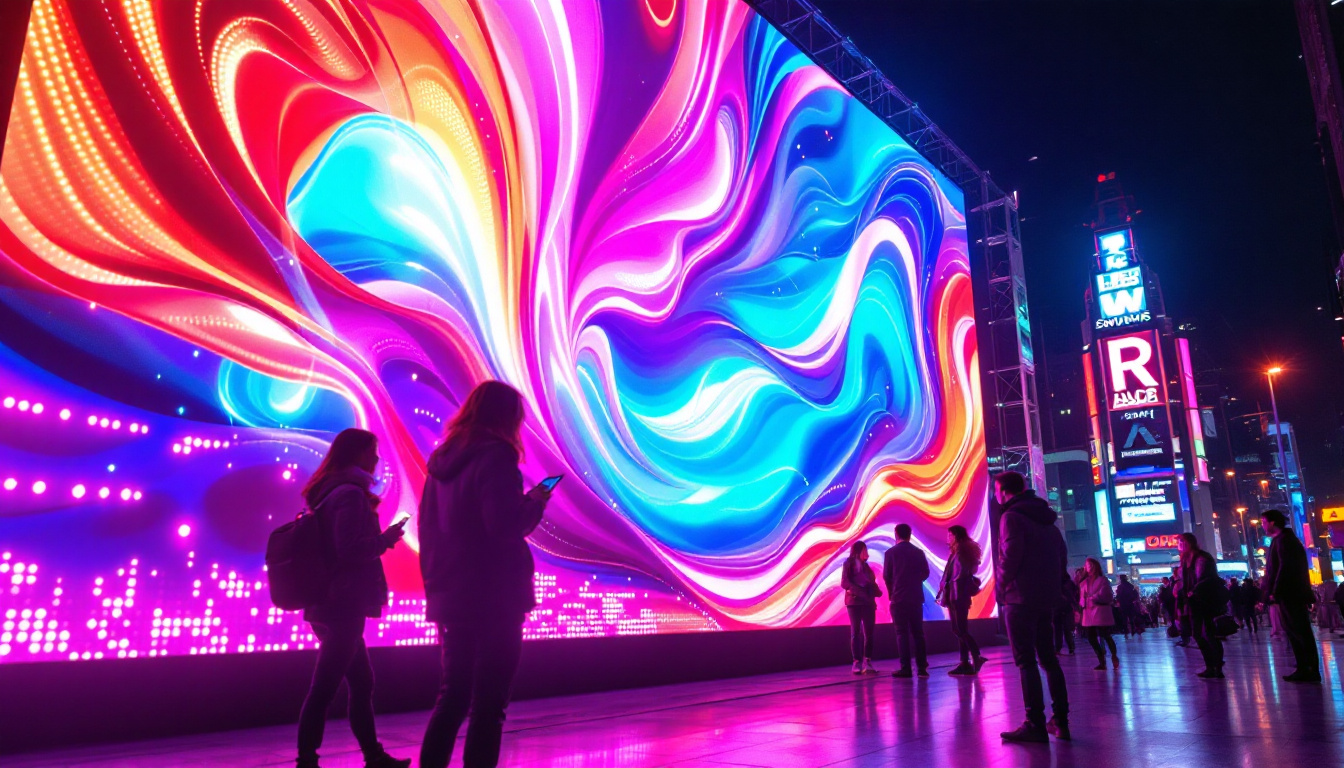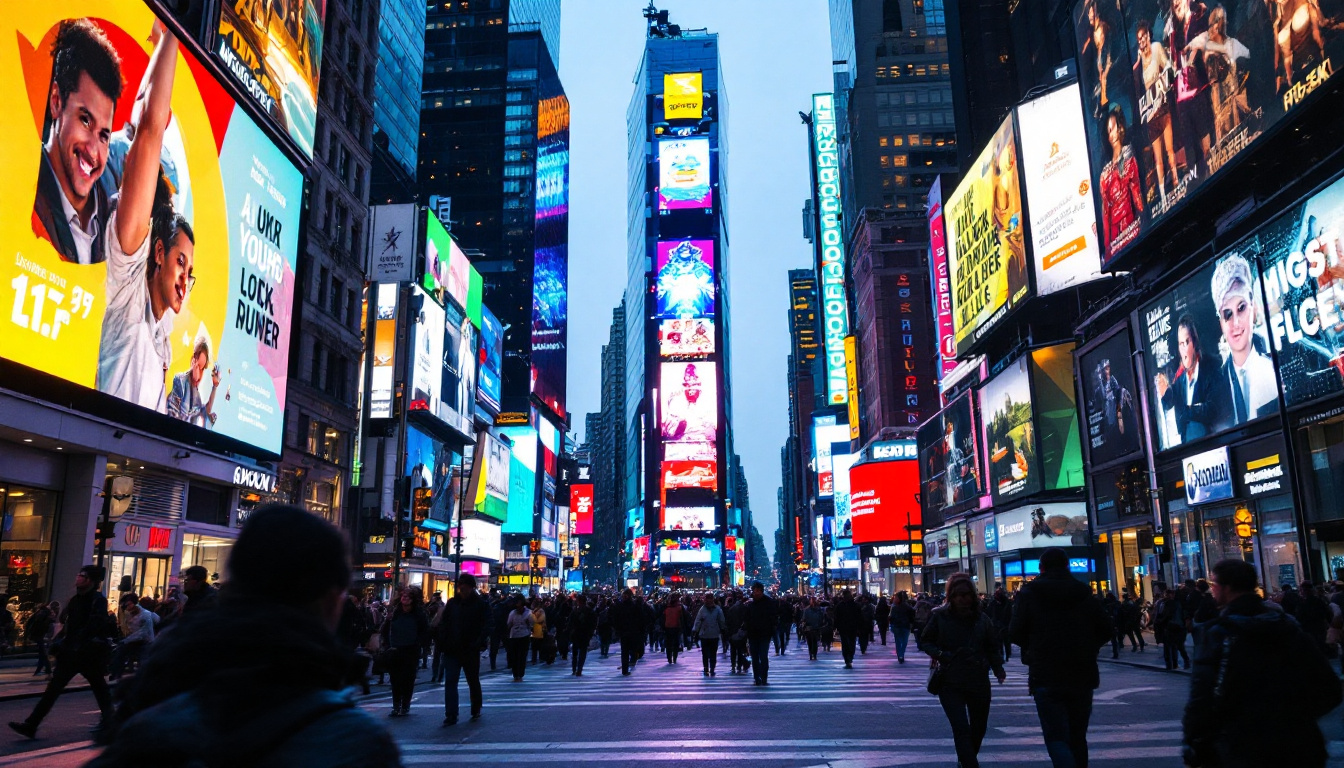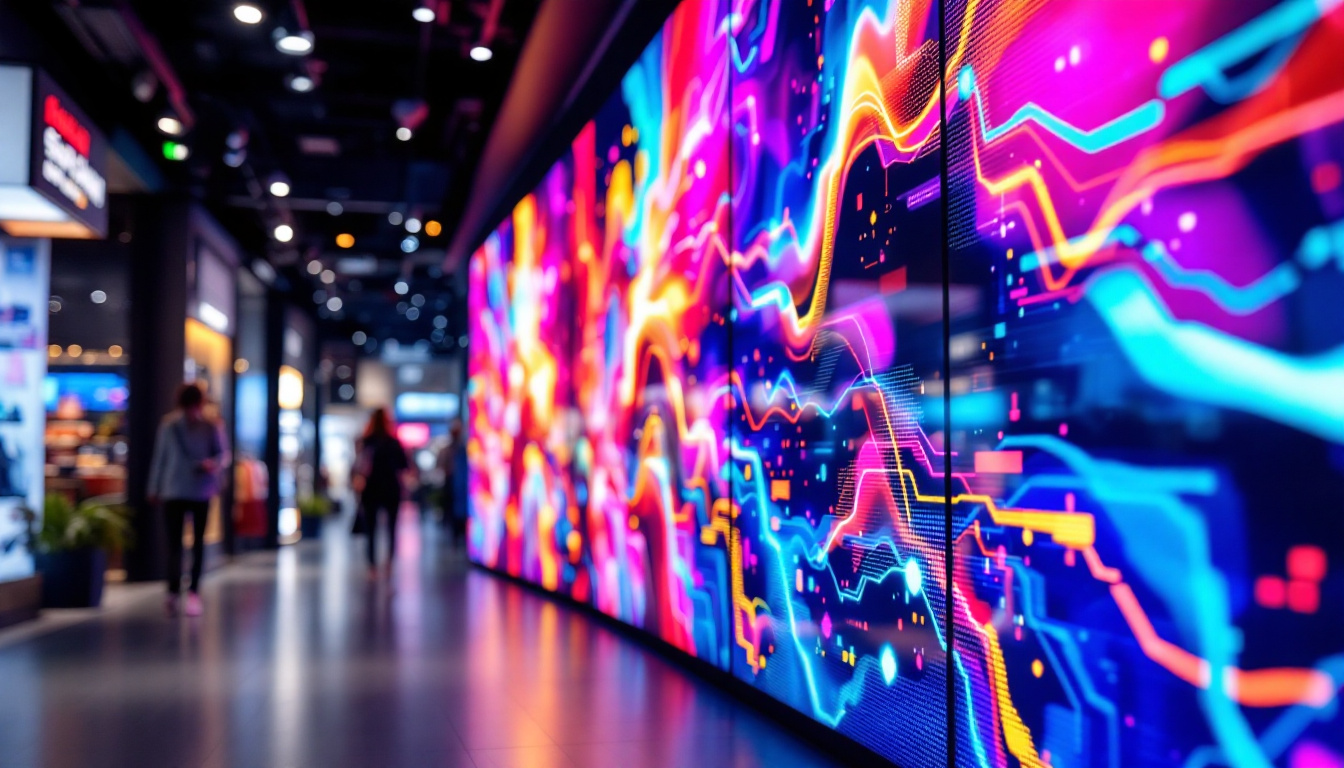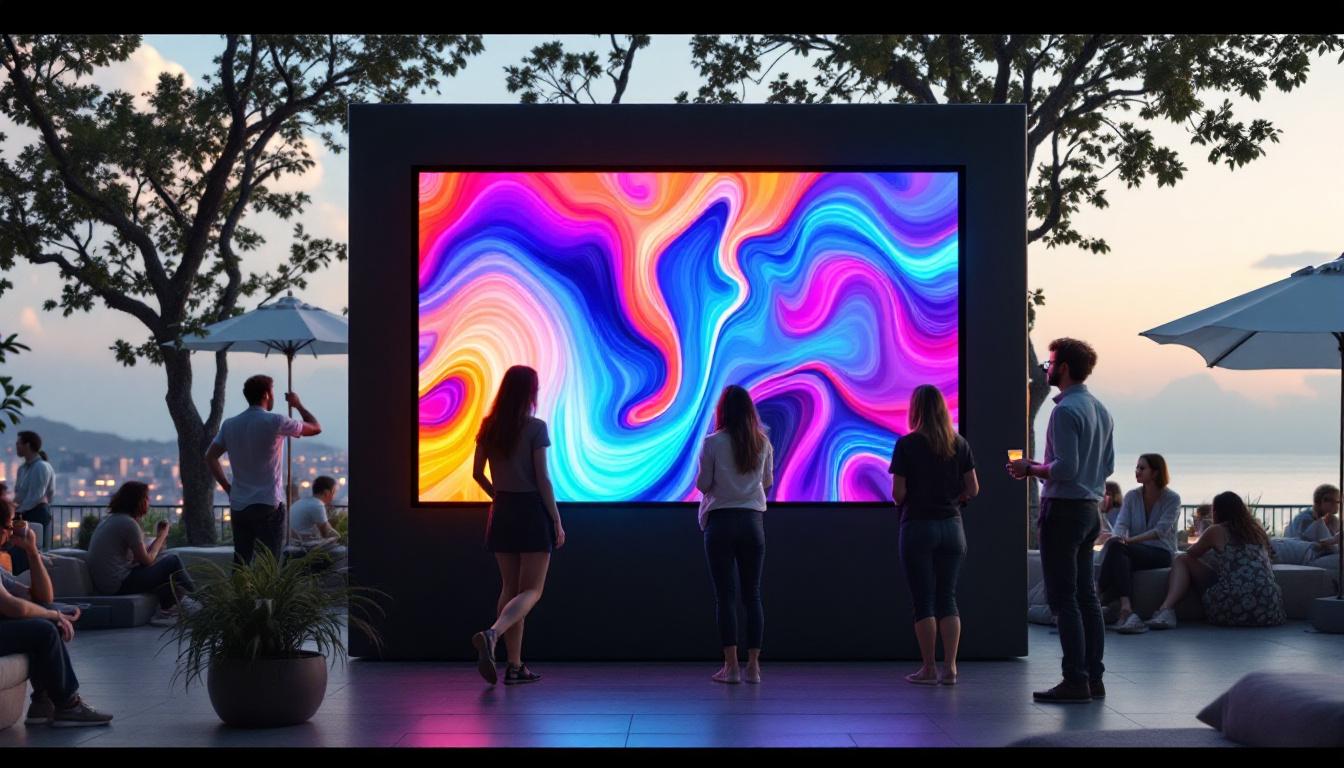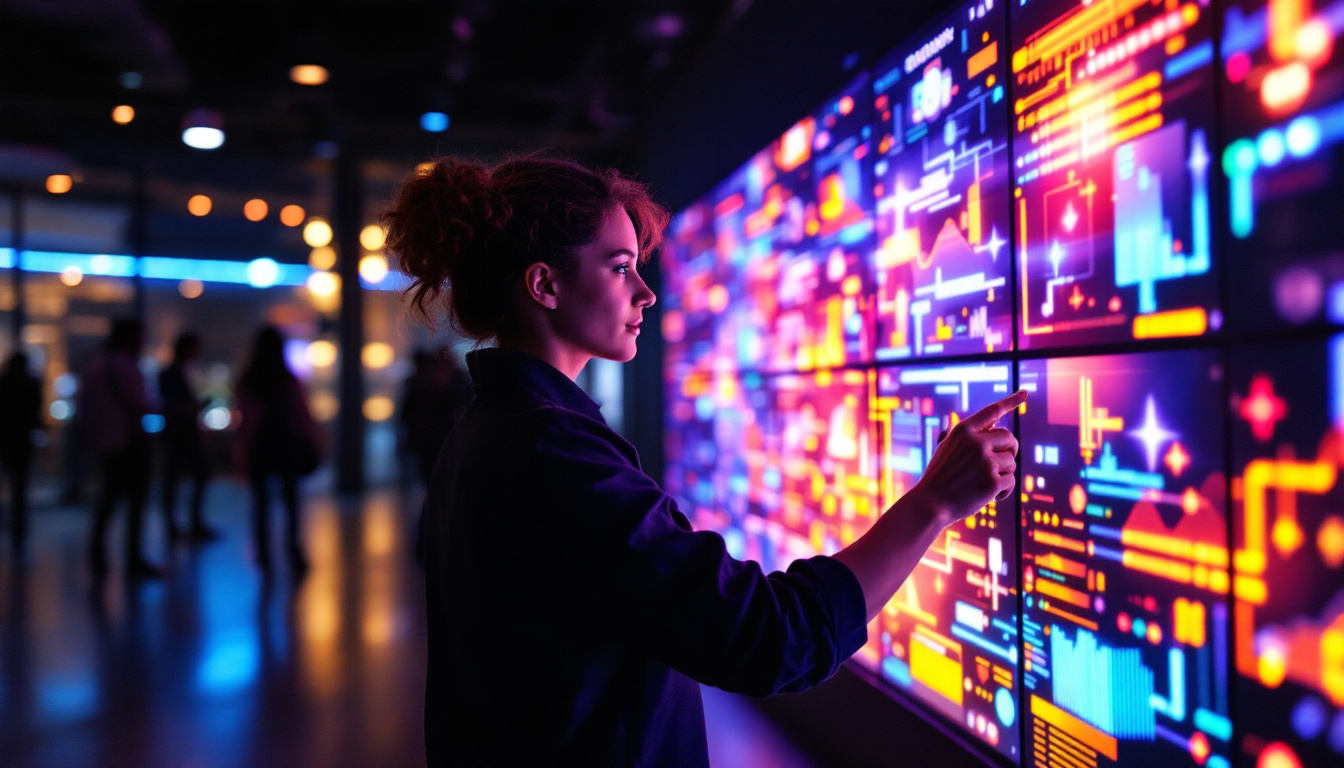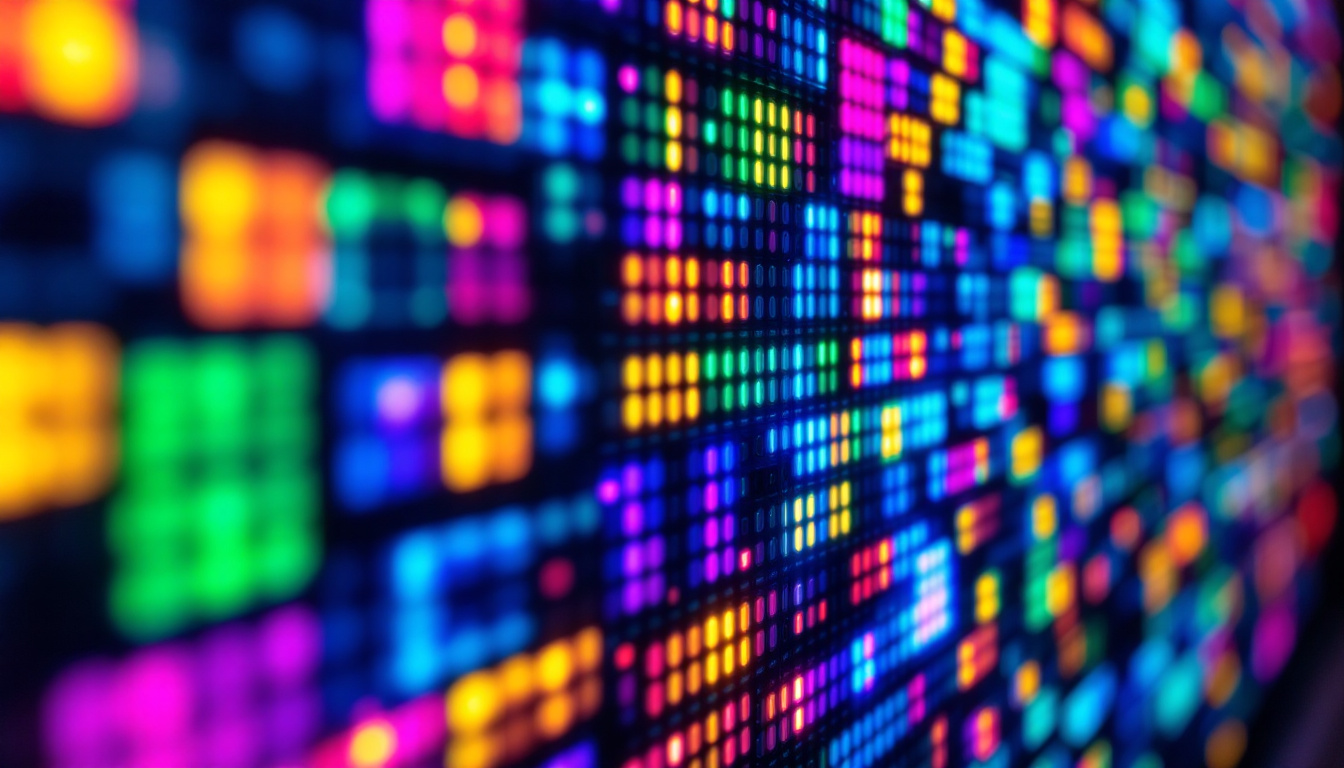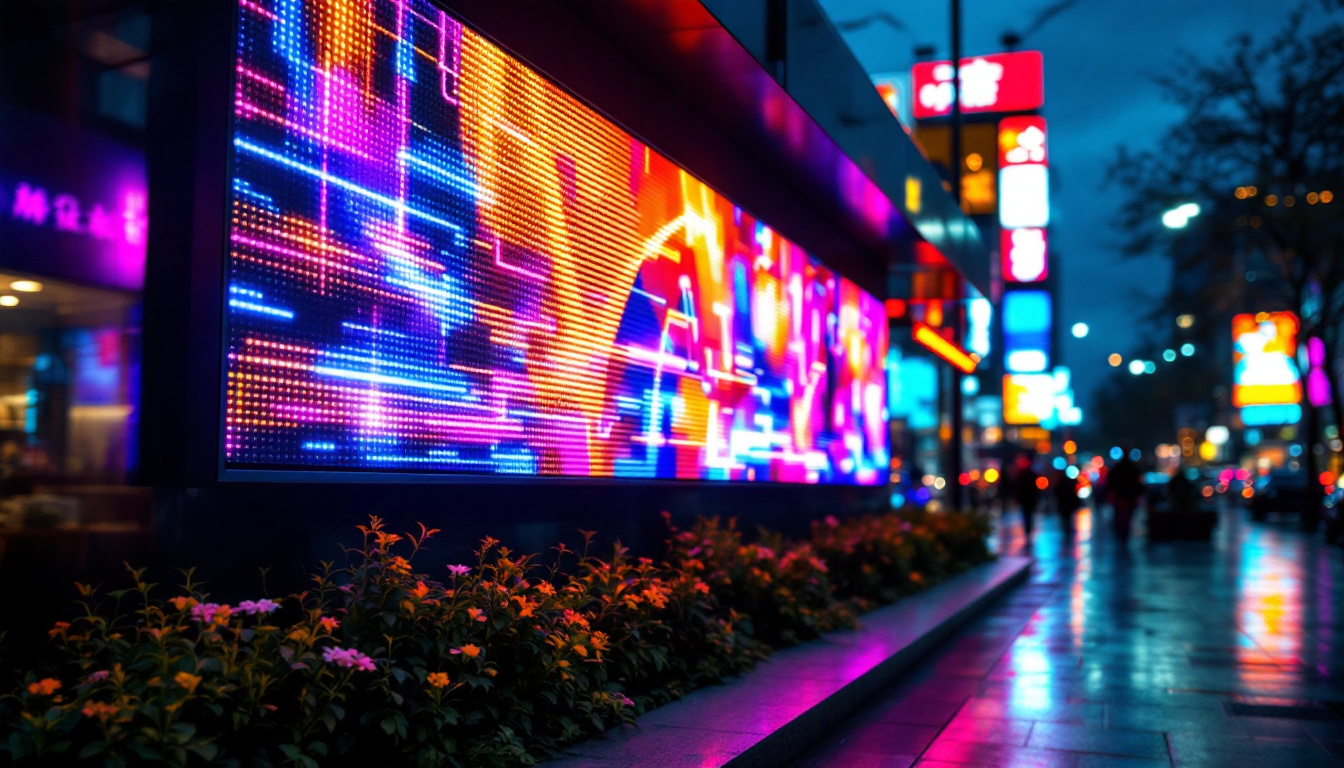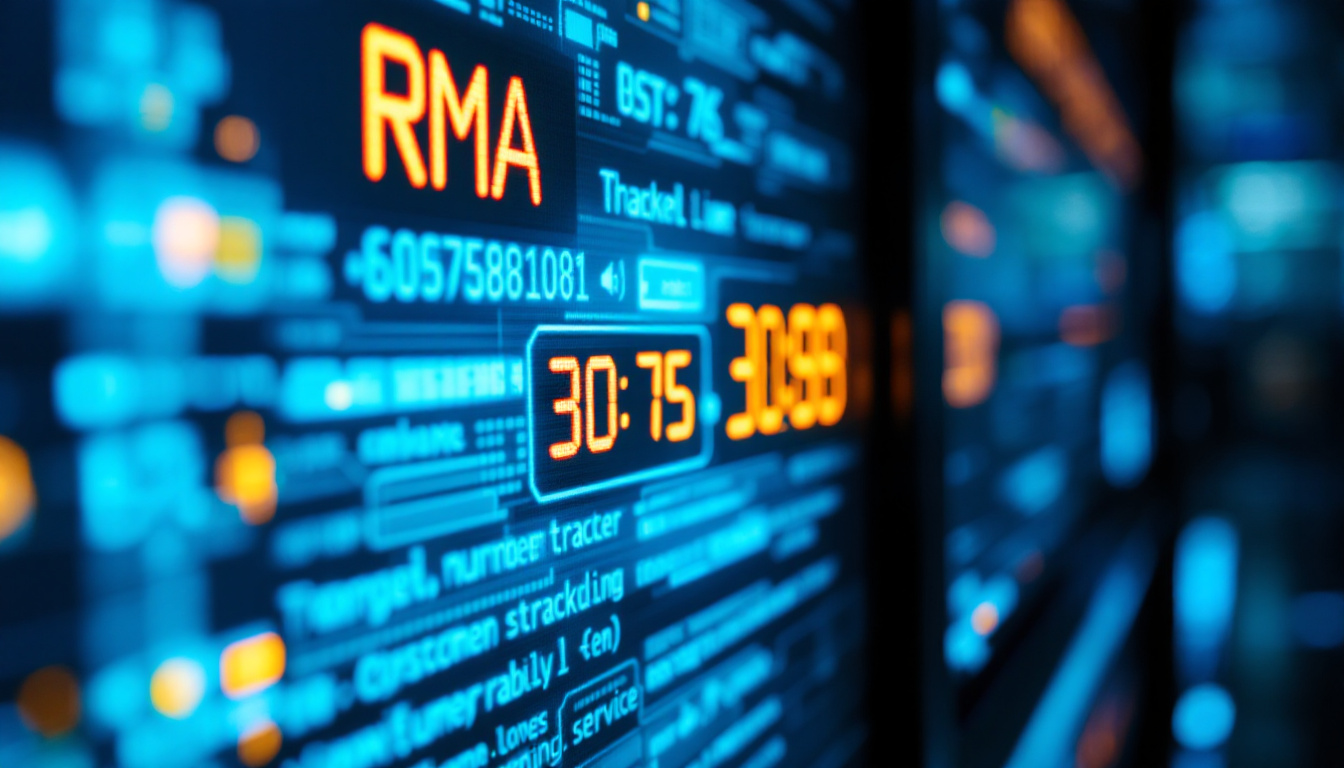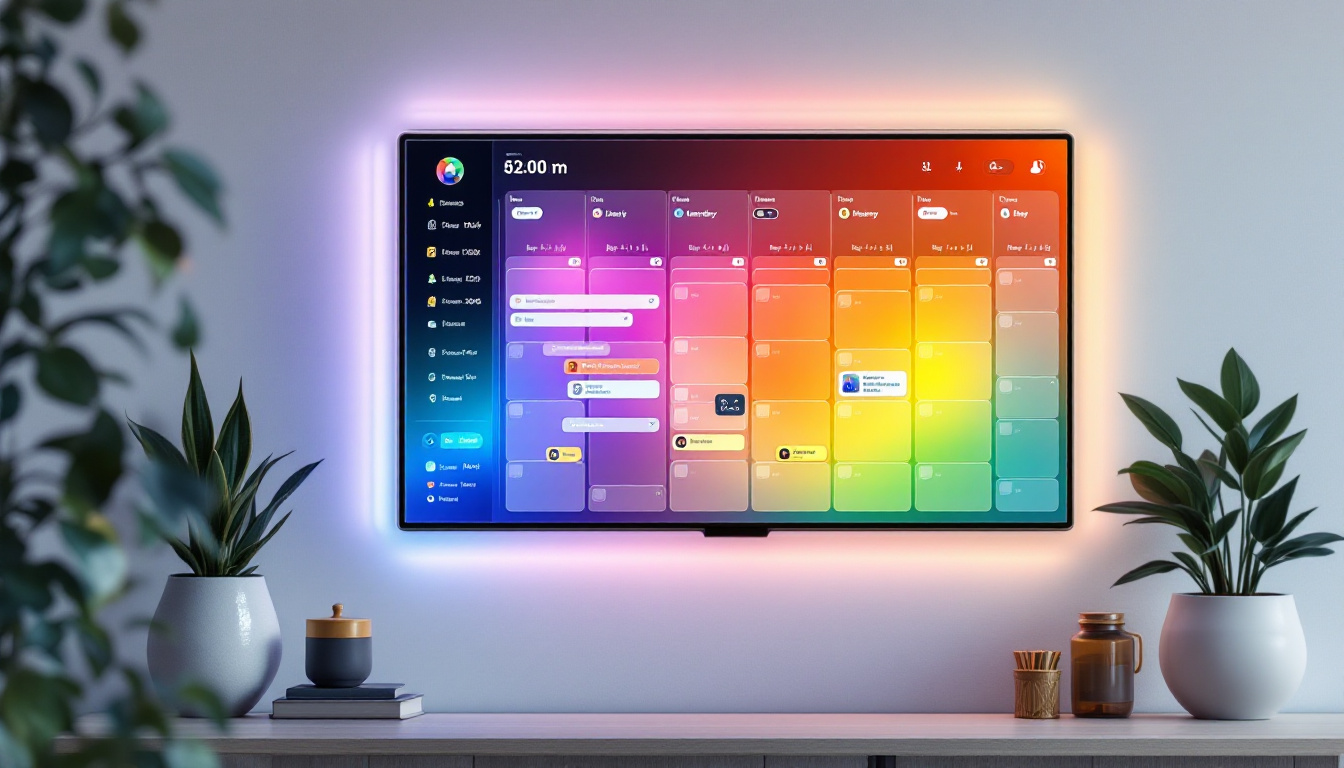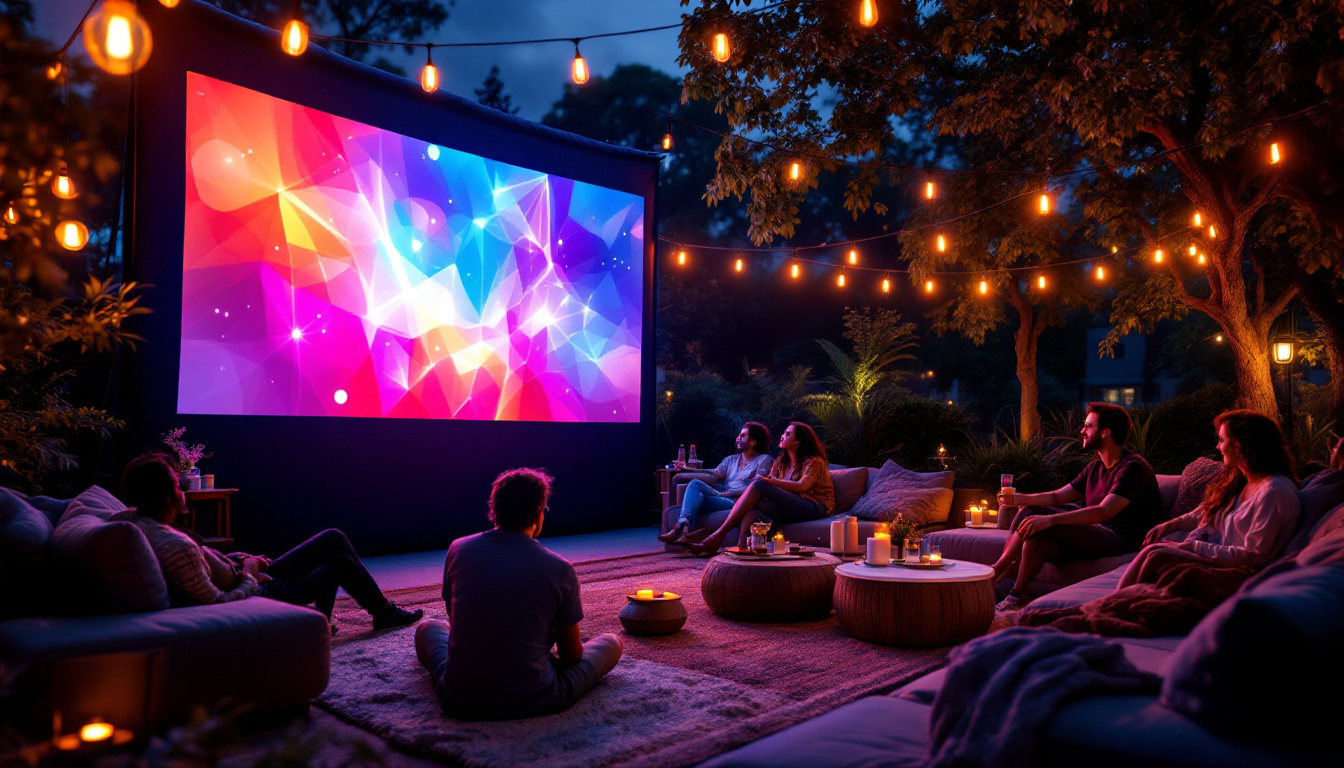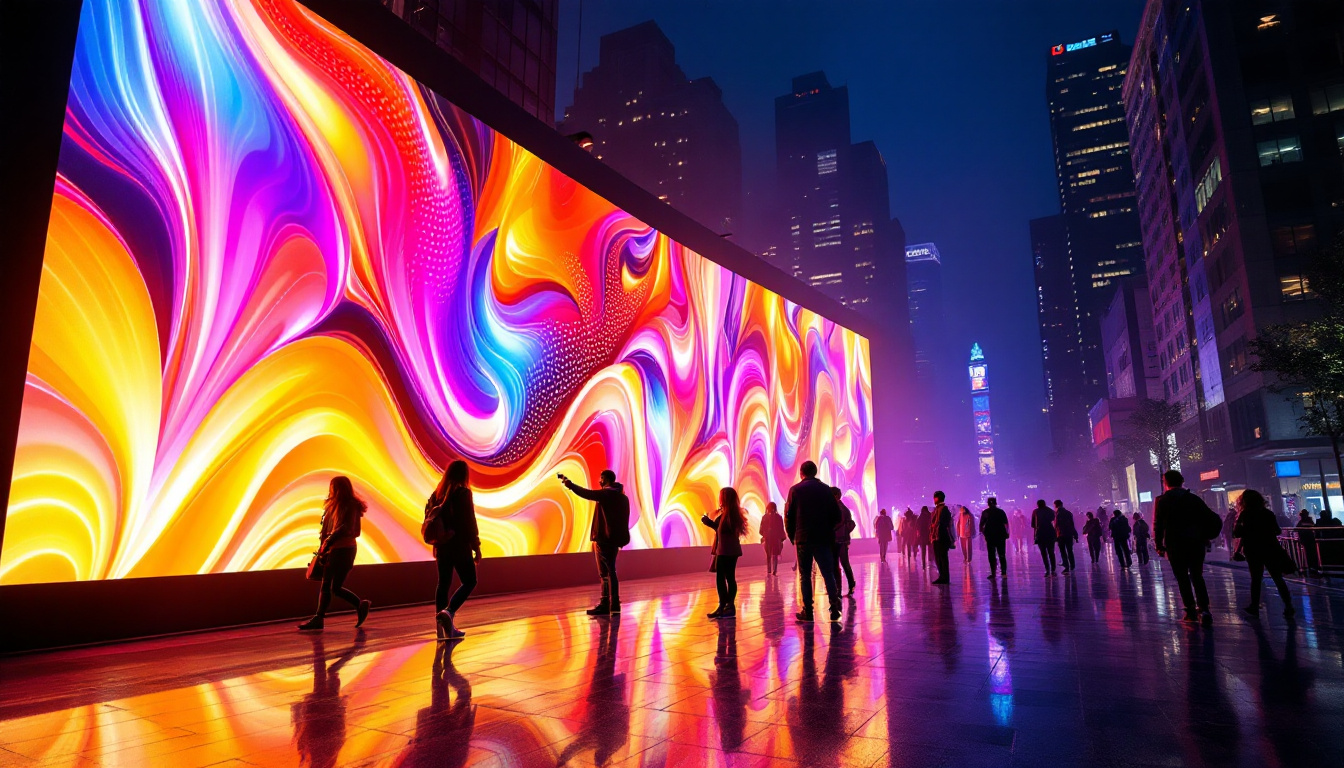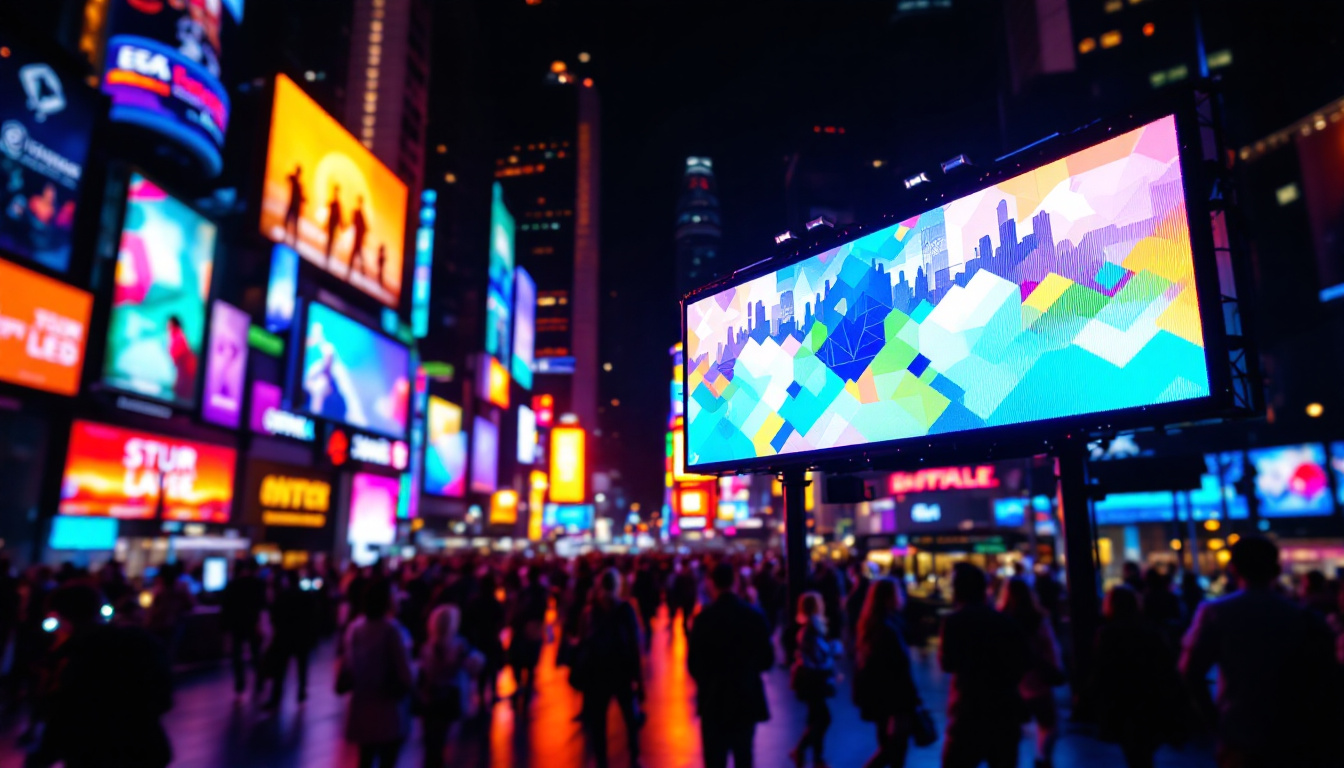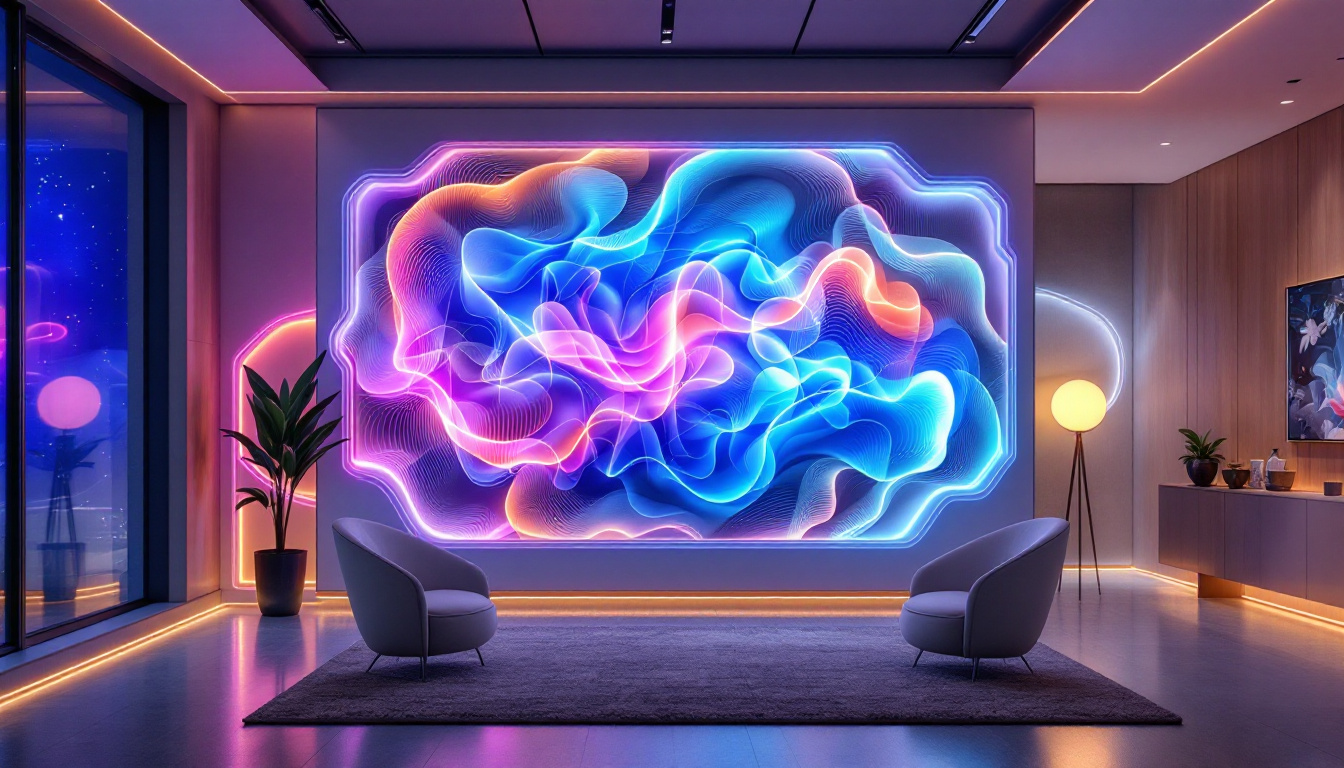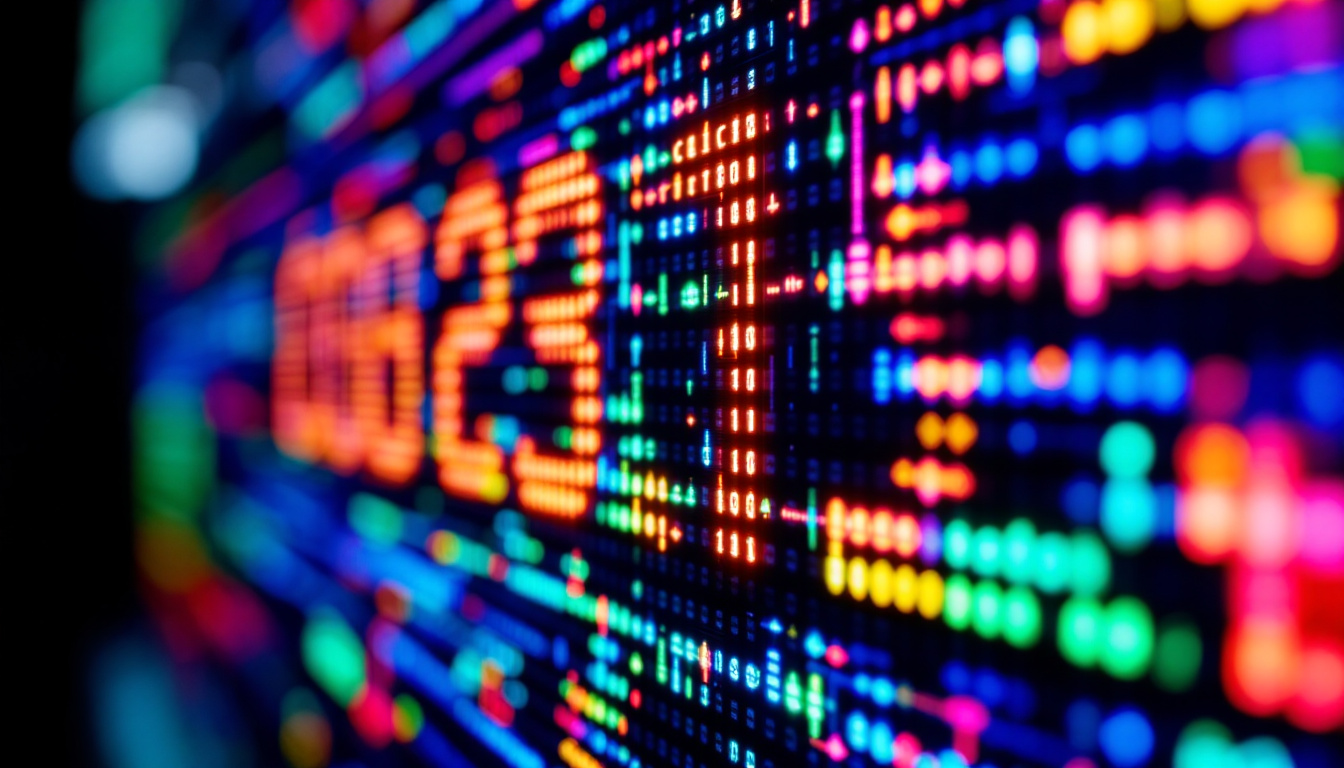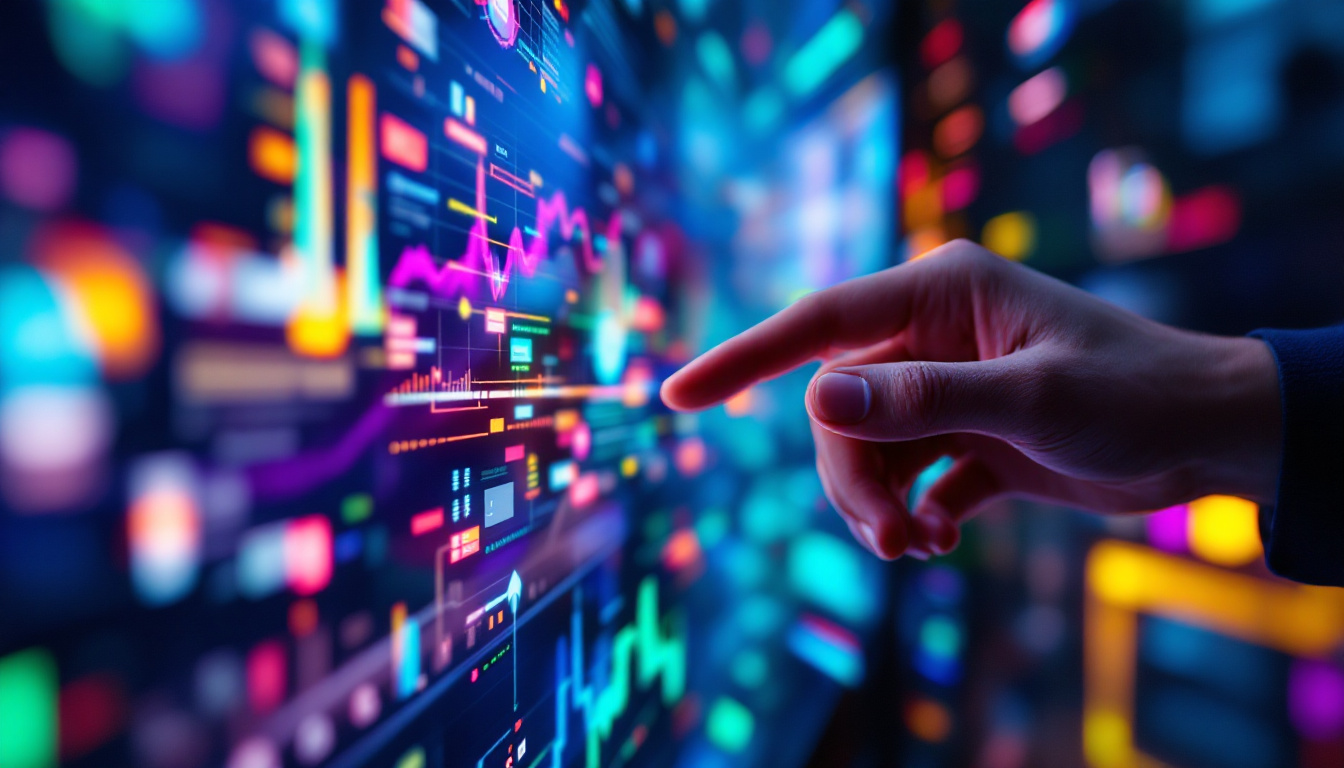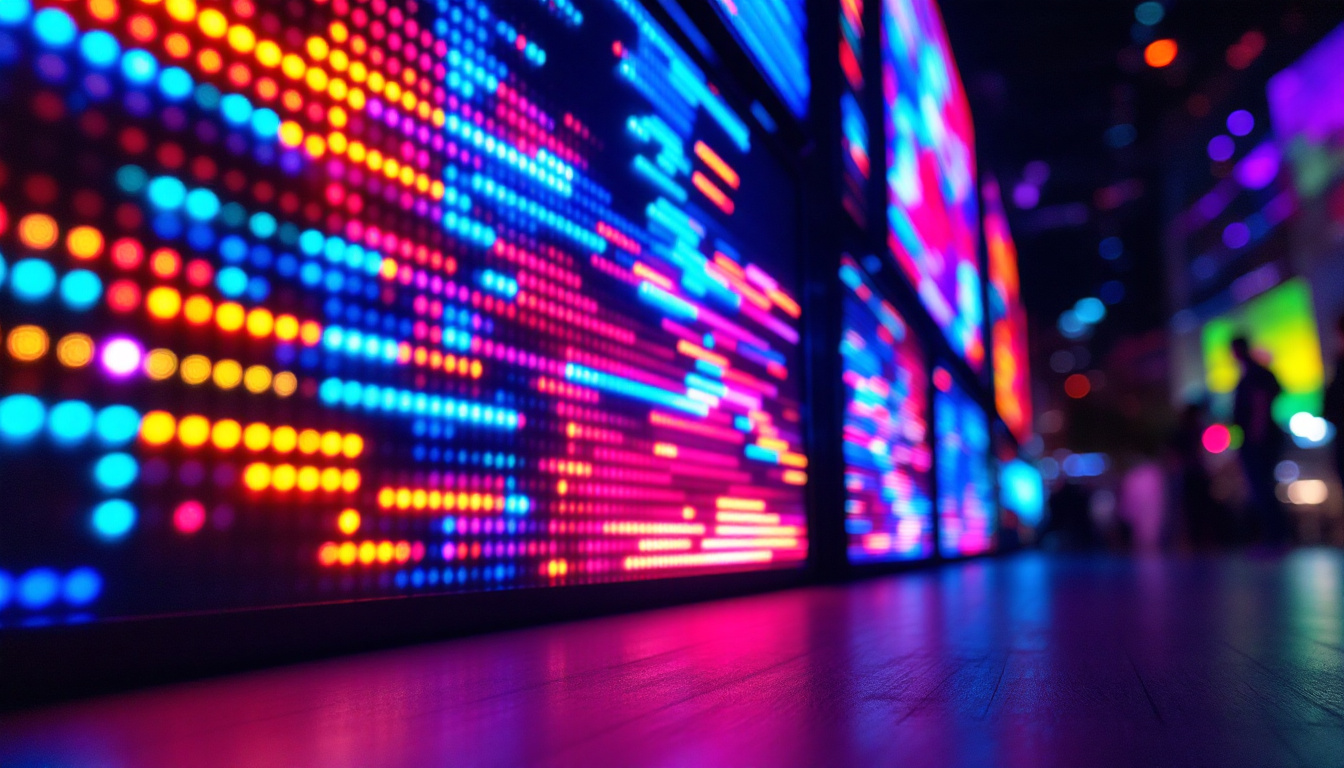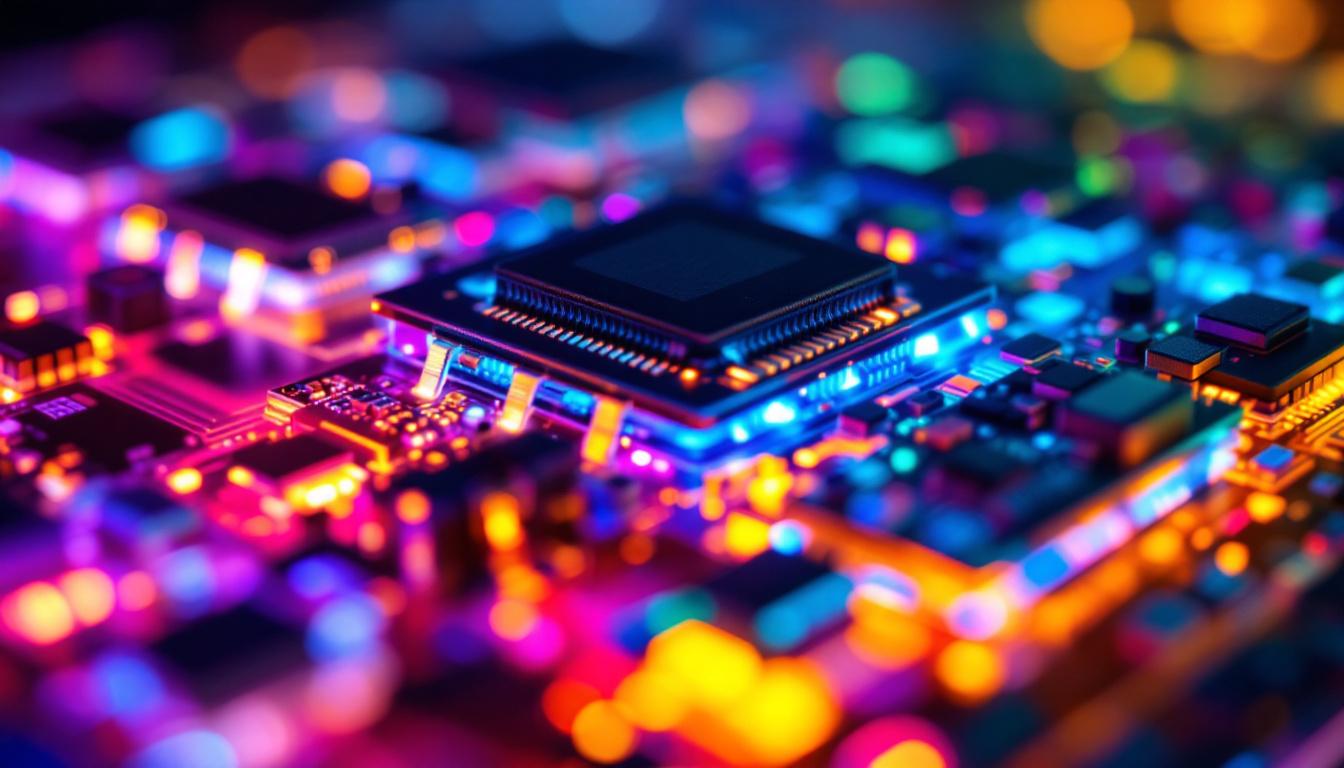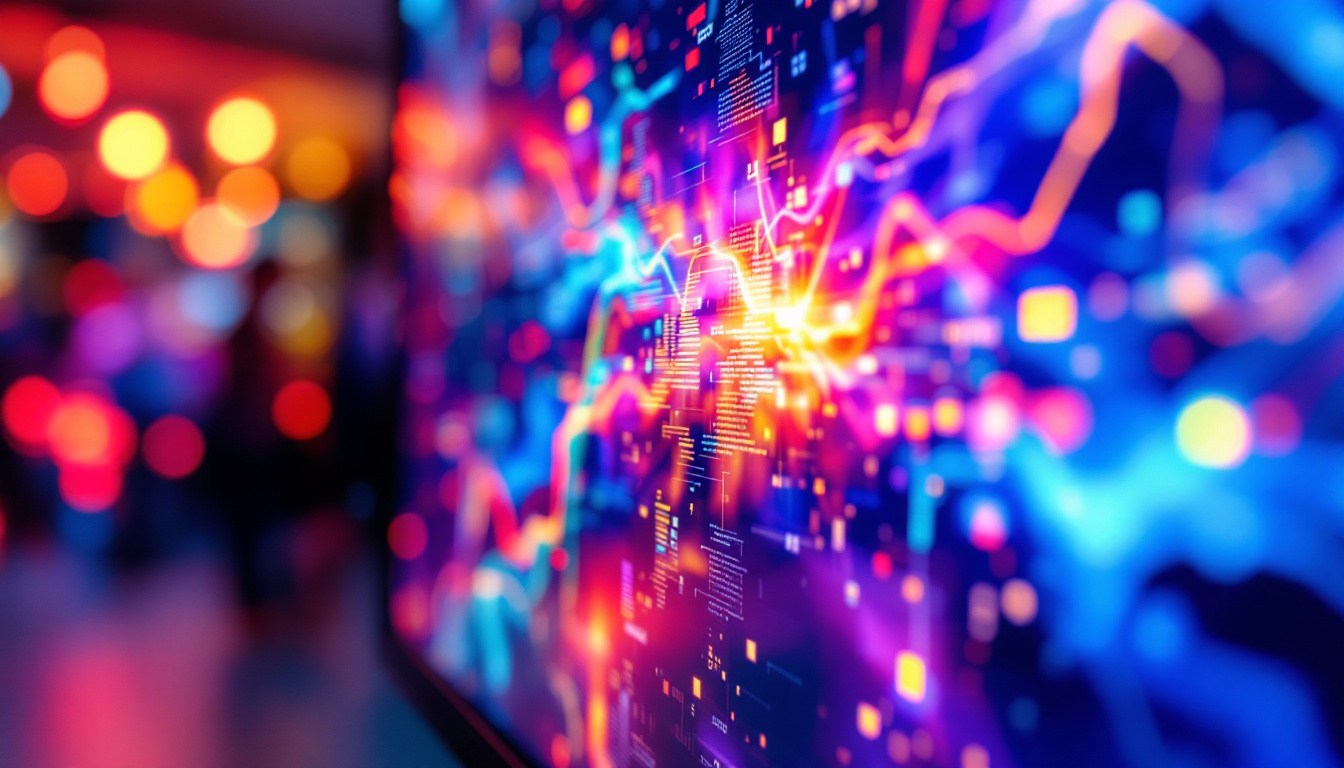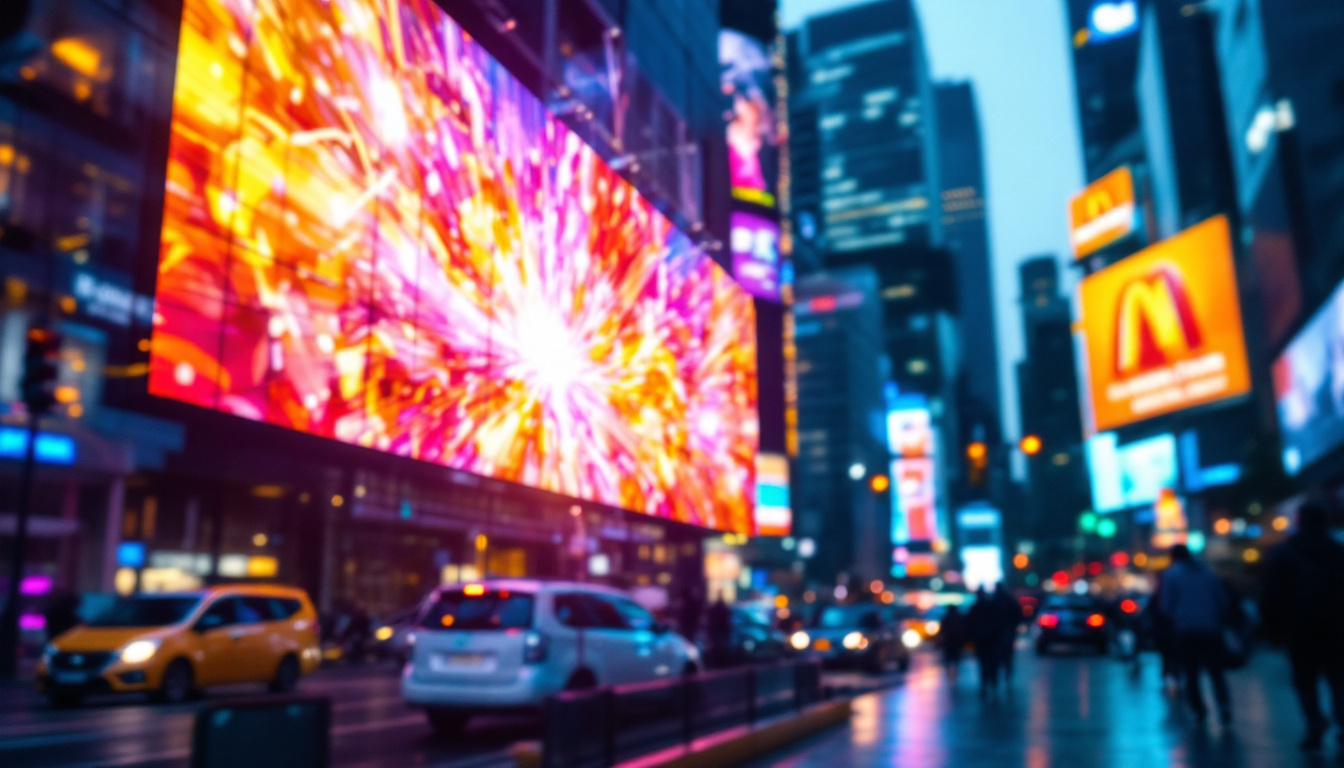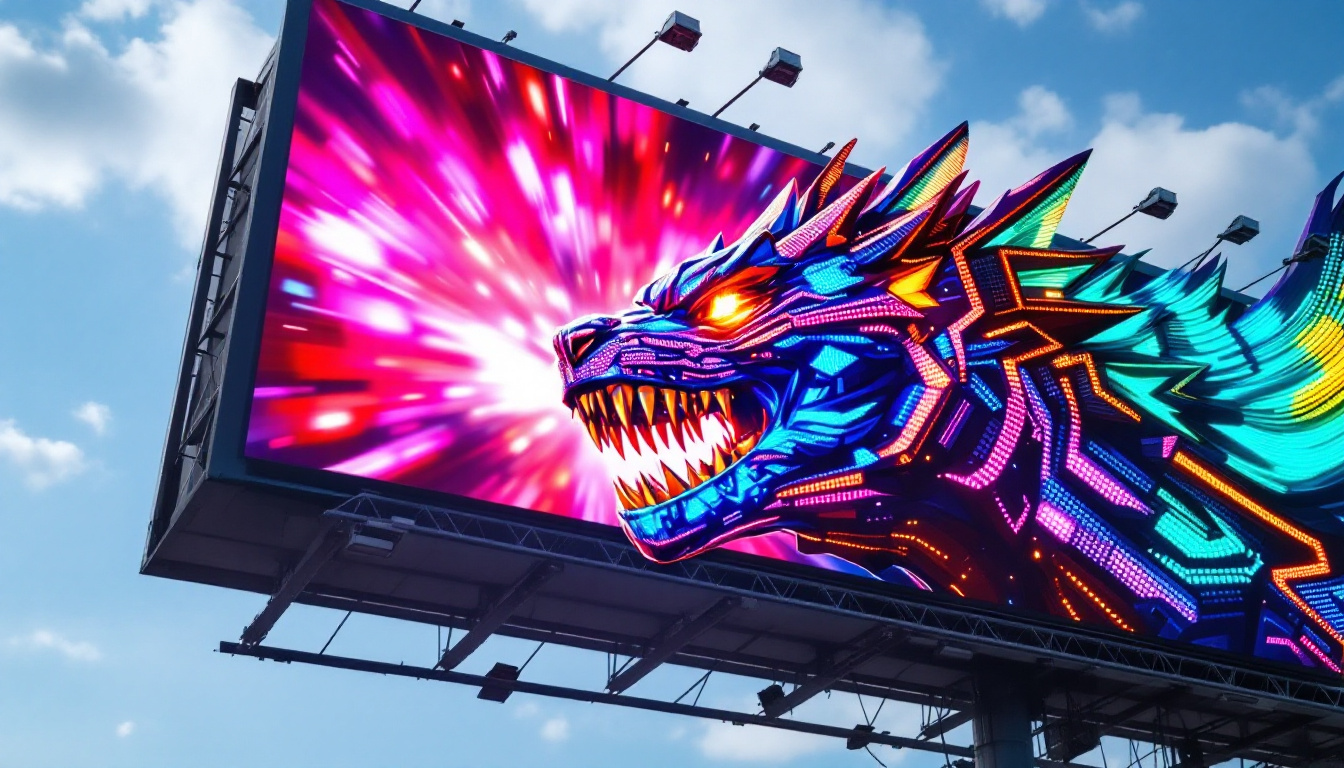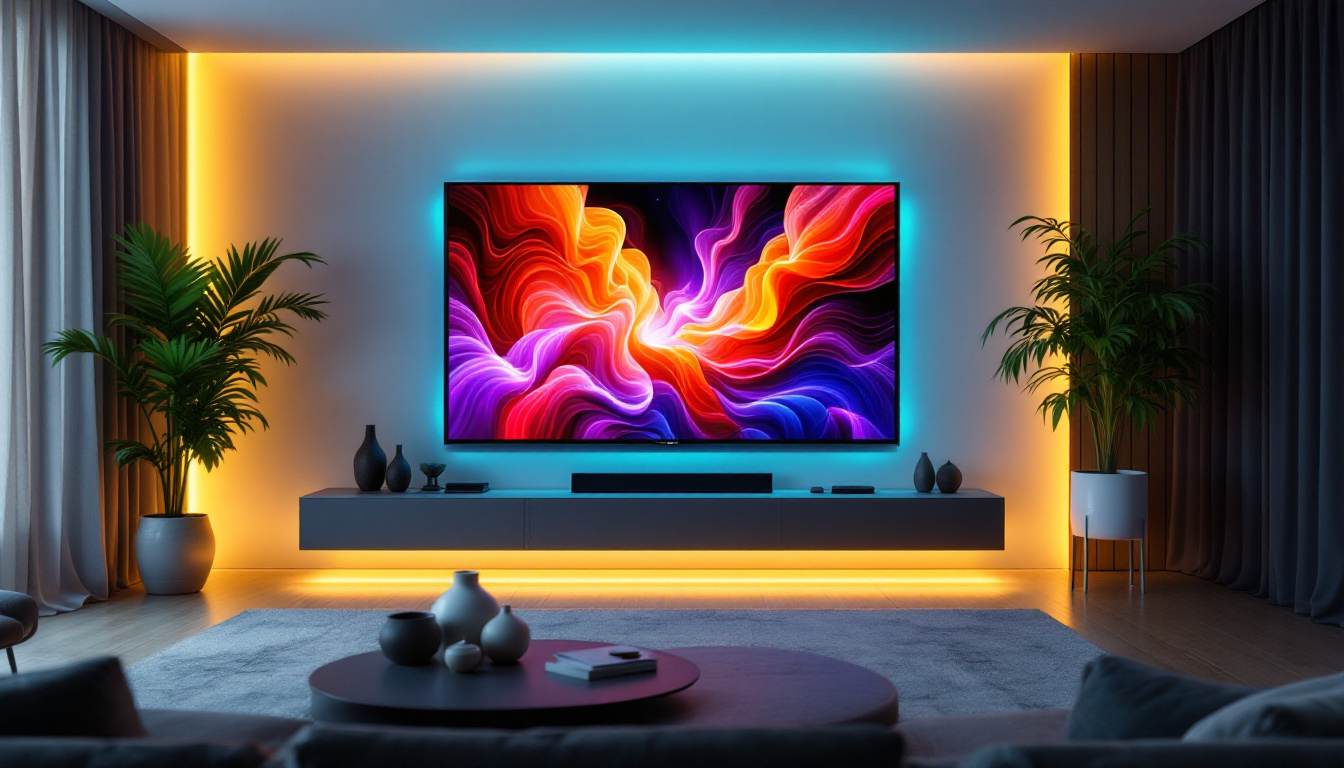In the realm of modern technology, LED displays have become ubiquitous, transforming the way information is presented and consumed. From large outdoor billboards to small handheld devices, LED displays are an integral part of our daily lives. This article delves into the intricacies of LED displays, exploring their technology, applications, and advantages.
The Basics of LED Displays
LED, or Light Emitting Diode, displays utilize semiconductor technology to emit light when an electric current passes through them. This fundamental principle of operation differentiates them from traditional display technologies, such as LCD or CRT. Understanding the basic components and functioning of LED displays is essential for grasping their widespread adoption. The efficiency and longevity of LED displays have made them a popular choice in both consumer electronics and commercial applications, leading to a significant shift in how visual information is presented.
How LED Displays Work
At the core of an LED display are tiny diodes that emit light. These diodes are arranged in a grid format, where each pixel is made up of red, green, and blue (RGB) subpixels. By adjusting the intensity of each subpixel, a wide spectrum of colors can be produced. This RGB combination allows for vibrant and dynamic images, making LED displays highly effective for various applications. The ability to create a full-color spectrum is a game-changer, especially in fields like digital signage, where eye-catching visuals are crucial for capturing audience attention.
The process begins with an electrical signal being sent to the LED diodes. The diodes convert this electrical energy into light, which is then projected outward. The brightness and color of the display can be manipulated in real-time, allowing for dynamic content that can change based on user input or external factors. This adaptability is particularly beneficial in environments like retail spaces, where promotional messages can be updated instantly to reflect current sales or events, enhancing customer engagement and driving sales.
Types of LED Displays
LED displays come in various forms, each tailored for specific applications. The most common types include:
- Direct View LED Displays: These are large screens made up of numerous individual LEDs, often used for outdoor advertising and large events. Their high brightness levels ensure visibility even in direct sunlight, making them ideal for billboards and public displays.
- LED Video Walls: Composed of multiple smaller LED panels, these are ideal for creating large, seamless displays in venues like stadiums and concert halls. The modular nature of these setups allows for flexible configurations, accommodating different screen sizes and shapes to suit the venue’s needs.
- LED Backlit Displays: Used in televisions and computer monitors, these displays utilize LED technology to provide backlighting for LCD screens, enhancing brightness and color accuracy. This technology not only improves the viewing experience but also contributes to energy savings compared to traditional fluorescent backlighting.
In addition to these common types, there are also specialized LED displays, such as transparent LED screens, which allow for creative advertising solutions without obstructing views, and flexible LED displays that can be bent or shaped to fit unconventional spaces. These innovations are pushing the boundaries of what is possible with display technology, opening new avenues for artistic expression and functional design in both commercial and residential settings. As LED technology continues to evolve, we can expect even more exciting developments that enhance visual communication and user experience.
Applications of LED Displays
The versatility of LED displays has led to their adoption in numerous fields. From advertising to entertainment, their applications are vast and varied.
Advertising and Marketing
One of the most prominent uses of LED displays is in advertising. Billboards and signage that utilize LED technology can capture attention with bright, animated content. This dynamic nature allows advertisers to change their messages frequently, ensuring that they remain relevant and engaging.
Moreover, the ability to display high-resolution images and videos makes LED displays a preferred choice for businesses looking to make a strong visual impact. They can be found in shopping malls, on city streets, and at major events, effectively reaching a broad audience. The interactive capabilities of some LED displays also allow for user engagement, where passersby can interact with the content, creating a memorable experience that can lead to increased brand loyalty.
In addition to traditional advertising, LED displays are increasingly being used in digital out-of-home (DOOH) advertising, where they can be strategically placed in high-traffic areas to maximize exposure. This form of advertising not only enhances visibility but also allows for real-time updates and targeted messaging based on time of day or audience demographics, making it a powerful tool for marketers.
Entertainment and Events
In the entertainment industry, LED displays play a crucial role in enhancing the audience experience. Concerts, festivals, and sporting events often feature large LED screens that display live feeds, graphics, and advertisements. These displays not only provide visual stimulation but also help in conveying important information to attendees.
Furthermore, LED technology is widely used in theaters and cinemas, where it enhances the visual quality of films and performances. The ability to create vivid colors and sharp images allows for a more immersive experience for viewers. In addition to traditional film screenings, LED displays are also being utilized in immersive theater experiences, where the backdrop and set design can be transformed dynamically to reflect the narrative, creating a more engaging atmosphere for the audience.
Moreover, LED displays are becoming increasingly popular in theme parks and attractions, where they are used to create stunning visual effects and interactive experiences. From dazzling light shows to synchronized displays that complement rides and attractions, the integration of LED technology helps to elevate the overall entertainment value, ensuring that visitors leave with lasting memories. As technology continues to evolve, we can expect even more innovative applications of LED displays in the entertainment sector, pushing the boundaries of creativity and audience engagement.
Advantages of LED Displays
LED displays offer numerous advantages over traditional display technologies, making them a popular choice across various sectors.
Energy Efficiency
One of the most significant benefits of LED displays is their energy efficiency. Compared to older technologies like CRT or even standard LCDs, LED displays consume considerably less power. This not only reduces operational costs but also makes them a more environmentally friendly option.
Moreover, the longevity of LED technology means that these displays have a longer lifespan, further contributing to their cost-effectiveness. Businesses can save money on replacement costs and maintenance, making LED displays a wise investment.
Brightness and Visibility
LED displays are known for their exceptional brightness, making them highly visible even in direct sunlight. This characteristic is particularly important for outdoor applications, where visibility can be a challenge. The high contrast ratios and vibrant colors offered by LED technology ensure that content remains clear and engaging at all times.
Additionally, the wide viewing angles provided by LED displays allow for a larger audience to enjoy the content without distortion, making them ideal for public spaces and events.
Challenges and Considerations
Despite their many advantages, LED displays are not without challenges. Understanding these challenges is crucial for potential users and businesses considering their implementation.
Initial Costs
While LED displays offer long-term savings, the initial investment can be significant. High-quality LED screens, especially larger models, can come with a hefty price tag. This upfront cost may deter some businesses from making the switch from traditional display technologies.
However, it is essential to consider the long-term benefits and savings that LED displays provide, as they can often pay for themselves over time through reduced energy costs and lower maintenance expenses.
Maintenance and Repair
Another consideration is the maintenance and repair of LED displays. Although they are generally reliable, issues such as pixel failure can occur. Identifying and replacing faulty components can be challenging, especially in larger installations.
Regular maintenance is crucial to ensure optimal performance and longevity. Businesses should factor in the potential costs and logistics of maintaining their LED displays when planning their use.
The Future of LED Displays
The future of LED display technology looks promising, with continuous advancements paving the way for even more innovative applications. As technology evolves, so too do the capabilities of LED displays.
Emerging Technologies
Recent developments in LED technology, such as MicroLED and MiniLED, are set to revolutionize the industry. These new technologies offer improved resolution, color accuracy, and energy efficiency, making them ideal for high-end applications like virtual reality and augmented reality.
Moreover, the integration of smart technology into LED displays is becoming increasingly common. Features such as touch interactivity, connectivity with mobile devices, and real-time content updates are enhancing user engagement and experience.
Environmental Considerations
As sustainability becomes a growing concern, LED displays are also evolving to meet environmental standards. Manufacturers are focusing on creating displays that are not only energy-efficient but also made from recyclable materials. This shift towards eco-friendly practices is likely to influence future designs and manufacturing processes.
Conclusion
LED displays have undeniably transformed the landscape of visual communication, offering vibrant, dynamic, and energy-efficient solutions for a wide range of applications. From advertising to entertainment, their versatility and advantages make them a preferred choice in various industries.
While challenges such as initial costs and maintenance exist, the long-term benefits often outweigh these considerations. As technology continues to advance, the future of LED displays promises even more exciting developments, ensuring they remain at the forefront of visual technology for years to come.
In a world increasingly driven by visual information, understanding LED displays is essential for businesses and consumers alike. Their ability to capture attention and convey messages effectively makes them a vital tool in the modern digital landscape.
Discover LumenMatrix’s Innovative LED Display Solutions
Ready to elevate your visual communication with the latest in LED technology? LumenMatrix is at the forefront of creating immersive and dynamic visual experiences. Whether you’re looking for Indoor LED Wall Displays, Outdoor LED Wall Displays, or specialized solutions like Vehicle LED Displays and LED Sports Displays, LumenMatrix has a product to fit your needs. Embrace the future of digital signage with our cutting-edge LED display modules and transform how you engage with your audience. Check out LumenMatrix LED Display Solutions today and start making a lasting impact with your message.

